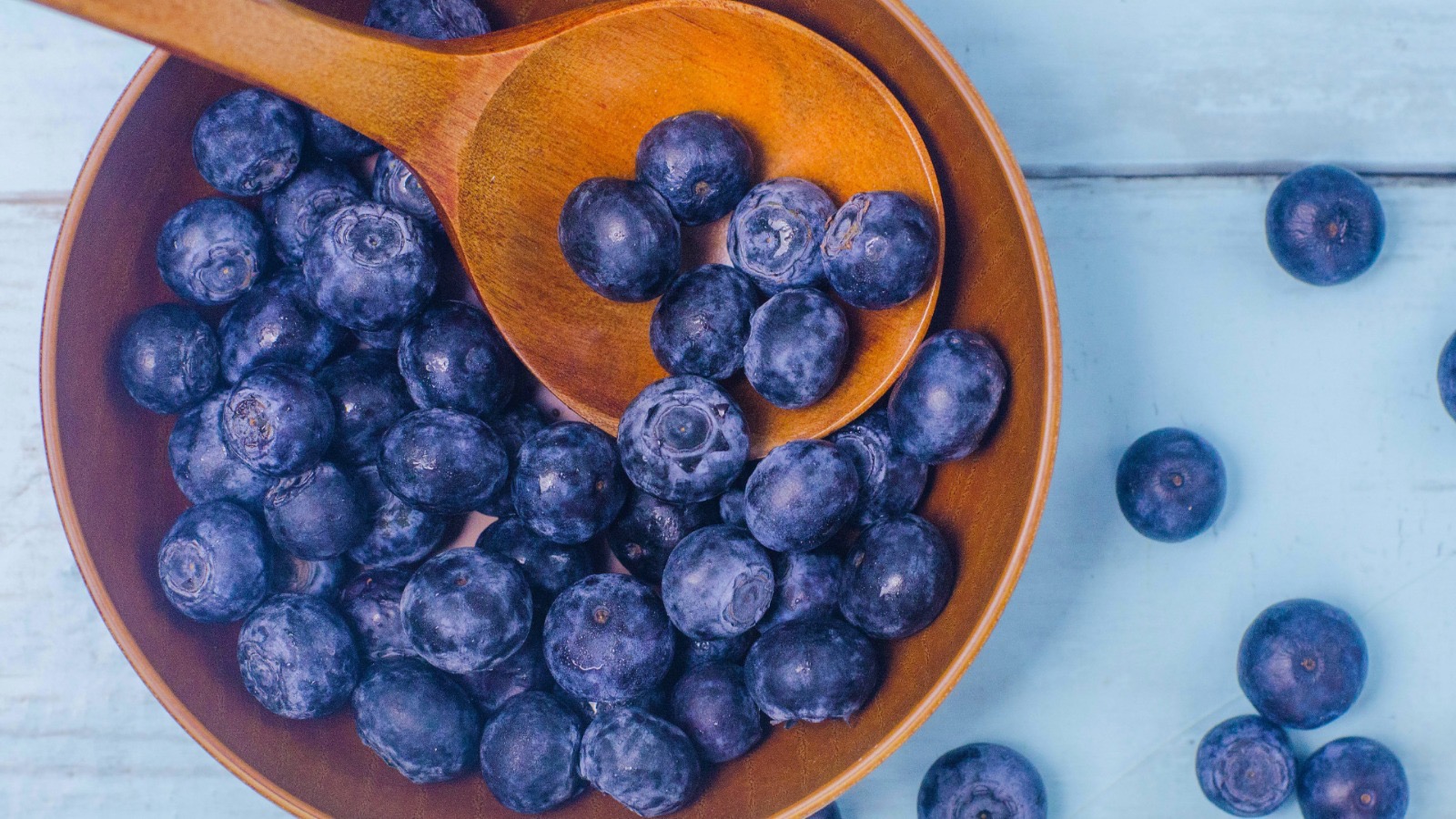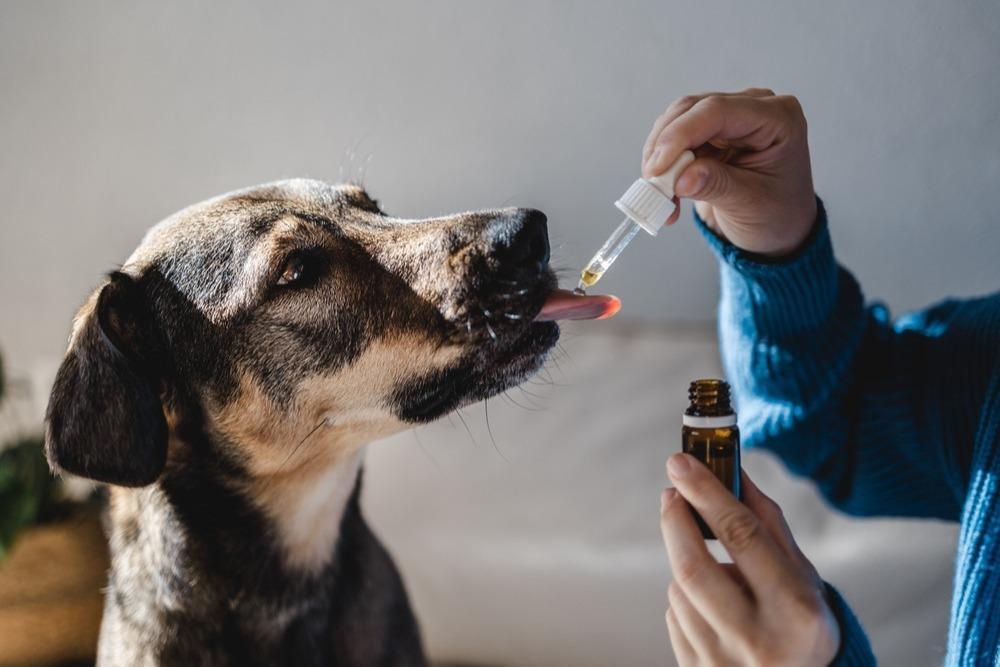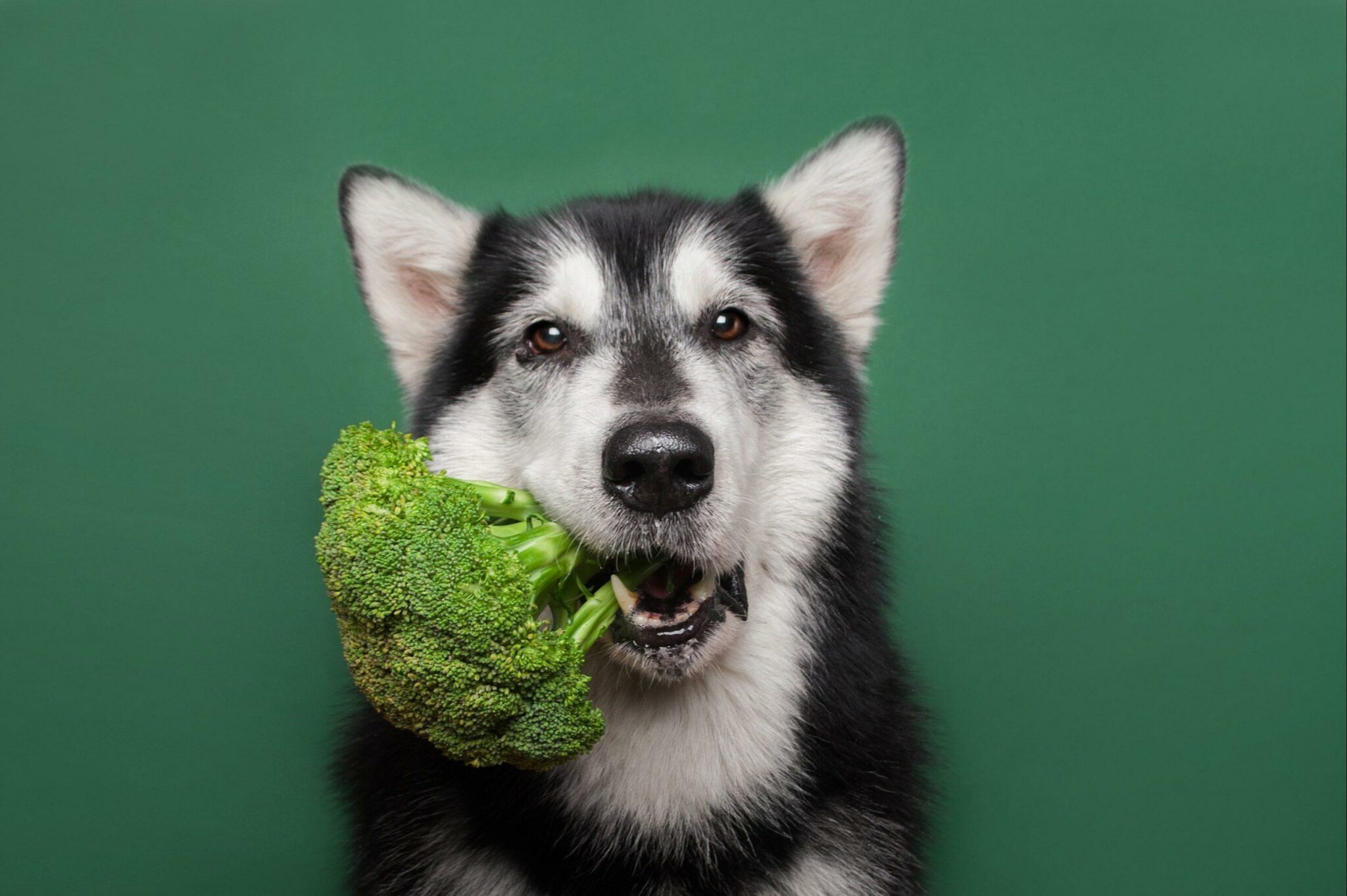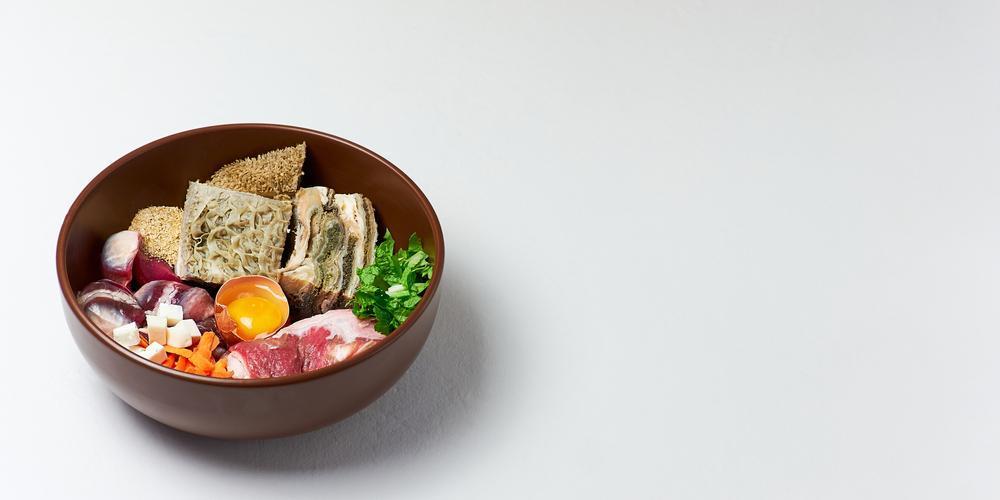Whether you are a seasoned raw feeder, rather new to the journey, the Gordon Ramsey of the home-cooked dog food world, or simply want in to add some fresh food to your commercial pet food, here at My Pet Nutritionist, we have a few favourite fresh food additions. Try saying that on a Friday night!
Anyway, they all pack a fair punch in terms of nutritional value, so we’ve decided to let you in on our secrets.
1) Green Leafy Vegetables!
Top of the list for a reason. Green leafy vegetables include spinach, kale, watercress and broccoli. In green leafy vegetables you will find vitamins A, C, E and K along with many of the B-vitamins. These vegetables also contain carotenoids. Carotenoids act as an antioxidant, deactivating free-radicals and limiting the damage they can cause. There are two broad classifications of carotenoids: carotenes and xanthophylls. The latter containing oxygen, whilst the former do not.
Xanthophylls include lutein and zeaxanthin, which are both primarily associated with eye health. They are often indicated in cases of macular degeneration.
Beta-carotene one of the carotenes is turned into Vitamin A and is found in those green leafy veg like spinach and kale. Vitamin A is important in maintaining healthy skin, mucous membranes and supporting a functioning immune system. Vitamin A is regularly implicated in abnormal hair cycling, both deficiencies and toxicities can cause issues. For that reason, it is generally deemed that a whole food diet is more than capable of providing healthy levels.
Green leafy vegetables also contain a rich source of folate, this is after all, where the name came from. Folate comes from the Latin folium, because it was first found in leaves! Folate functions as a coenzyme in many processes in the body. It is needed to make DNA and other genetic material and is essential in cell division. In short, it helps tissues grow and makes cells work. Folate is also involved in neurotransmitter synthesis, so it is implicated in mood and subsequently behaviour.
And, one particular study showed a reduced rate of bladder cancer when leafy veg was added to the dog’s diet!
Findings here
So, lightly steam your kale or spinach, or blitz it up in a blender, pop it in a freezer mould and add them to your dog’s bowl!
2) Mushrooms!
There are literally thousands of species of mushrooms on the planet, so it can be a challenge to know where to start. But they are incredible in terms of the benefits they can provide.
Mushrooms can be involved in the prevention of certain disease, the regeneration of damaged cells, the protection of tissues and cells and used during treatment of existing conditions.
The bioactive compounds of mushrooms include polysaccharides, proteins, fats, ash, glycosides, alkaloids, volatile oils, tocopherols, phenolics, flavonoids, carotenoids, folates, ascorbic acid enzymes, and organic acids.
Reishi mushrooms are adored for their immunomodulating benefits. In short,they have regularly been used successfully in chronic autoimmunity and allergy cases. Maiitike mushrooms have been used for their antibacterial function and cordyceps have been seen to inhibit inflammatory responses throughout the body.
Findings here
Certain species have been seen to stimulate natural killer cell function, supporting the innate immune system in the body. Mushrooms are widely accepted a having anti-cancer properties.
The bottom line?
Mushrooms have been seen to be:
- Anti-inflammatory
- Anti-microbial
- Antioxidant
- Prebiotic
- Anti-diabetic
If you are looking to add mushrooms to the bowl, cook them fully, lightly sauteed is fine. If you are looking to use them therapeutically, then please feel free to get in touch for advice and guidance.
3) Eggs!
There’s a reason eggs are the protein reference. They contain the full essential amino acid profile.
Eggs contain essential lipids, proteins, vitamins, minerals and trace elements including vitamin A, iron, vitamin B12, riboflavin, choline, zinc and calcium.
Egg proteins are distributed equally between egg white and egg yolk, whilst lipids, vitamins and minerals are essentially concentrated in the egg yolk. The yolk is a rich source of linoleic acid and as we know, LA is abundant in the epidermis of the skin, so eggs are a great source of food to support skin health.
The one thing that eggs are rarely associated with is being anti-microbial. But there are a range of proteins found in the egg that exhibit antibacterial, antiviral, anti-fungal and anti-parasitic activity. Avidin is seen to target bacteria, lysozymeis seen to target bacteria, virus and fungi, and cystatin targets the above with parasites included!
Chicken eggs also contain a range of antioxidant compounds that include vitamins, carotenoids, minerals and trace elements. They have demonstrated reductions in pro-inflammatory cytokines in vitro. Conclusions suggest the supplementation of egg yolk proteins to reduce intestinal oxidative stress.
Findings here
Lysozyme, an enzyme found in eggs has been indicated in the treatment of inflammatory bowel disease; it has been seen to protect in cases of colitis. Largely from its anti-inflammatory properties.
Findings here
Where you source your eggs from is essential, free-range birds produce more nutrient dense eggs than caged. Free-rearing results in much higher levels of tocopherol, alpha-tocopherol and lutein content. The anti-microbial function of the egg white is also modulated when hens are exposed to environmental microbes.
Findings here
So, if you want to add egg to the bowl,source free-range and organic. You can feed raw or cooked, and the egg shell is perfectly safe to feed too!
4) Berries!
If you’re in the middle of a yeast or gut healing protocol, then berries may not be the first thing to add to your bowl, but for the typical dog, they are a beautiful addition.
Berries contain many vitamins but that also have an impressive antioxidant profile.
Anthocyanins (Greek anthos =flower and kyáneos = blue) belong to the flavonoid group of polyphenols, which are responsible for the red and blue colour of plant organs such as fruits, flowers, and leaves. Many studies have linked these compounds with antioxidant, anti‐inflammatory and anti-carcinogenic properties, protection against both heart disease and cancer, as well as a reduction in the risk of diabetes and cognitive function disorders. They have also demonstrated antimicrobial properties, specifically in cranberries and blueberries.
Findings here
Catechins are also found in berries, having a phenolic compound they have potent antioxidant activity. The serve to scupper the damage caused by oxidative stress in the body that plays a part in age related dysfunction and neurodegenerative disease. Not only that but catechins have been seen to be protective in cancer and diabetes.
Findings here
A natural phenol antioxidant, berries contain ellagic acid. It has been researched widely for its anti-proliferative action in certain cancers along with its anti-inflammatory properties. It has also been implicated as a modulator for the gut microbiome.
Findings here
Certain berries also contain salicylic acid, which has anti-inflammatory and analgesic properties. But it is generally thought that the combination with their other phenolic acids is more of a protective factor,than salicylic acid alone.
Findings here
For the active dog, adding blueberries to the diet has been seen to significantly reduce oxidative stress and therefore aid recovery.
Findings here
Berry Good Additions:
- Blackberries
- Strawberries
- Blueberries
- Raspberries
- Cranberries
These additions are generally tolerated by most dogs, when fed in moderation. Start slow, and only introduce one new food at a time. Discontinue if your dog appears intolerant of any. There are many more ingredients, but start with a little of what has been mentioned. Do not feed berries or root vegetables if you dog has a yeast infection. Vegetables are best served steamed, blended or pulped.
If you would like any more support in what to offer in your dog’s diet, then please check out our services
here.
Thanks for reading!
MPN Team x

























































